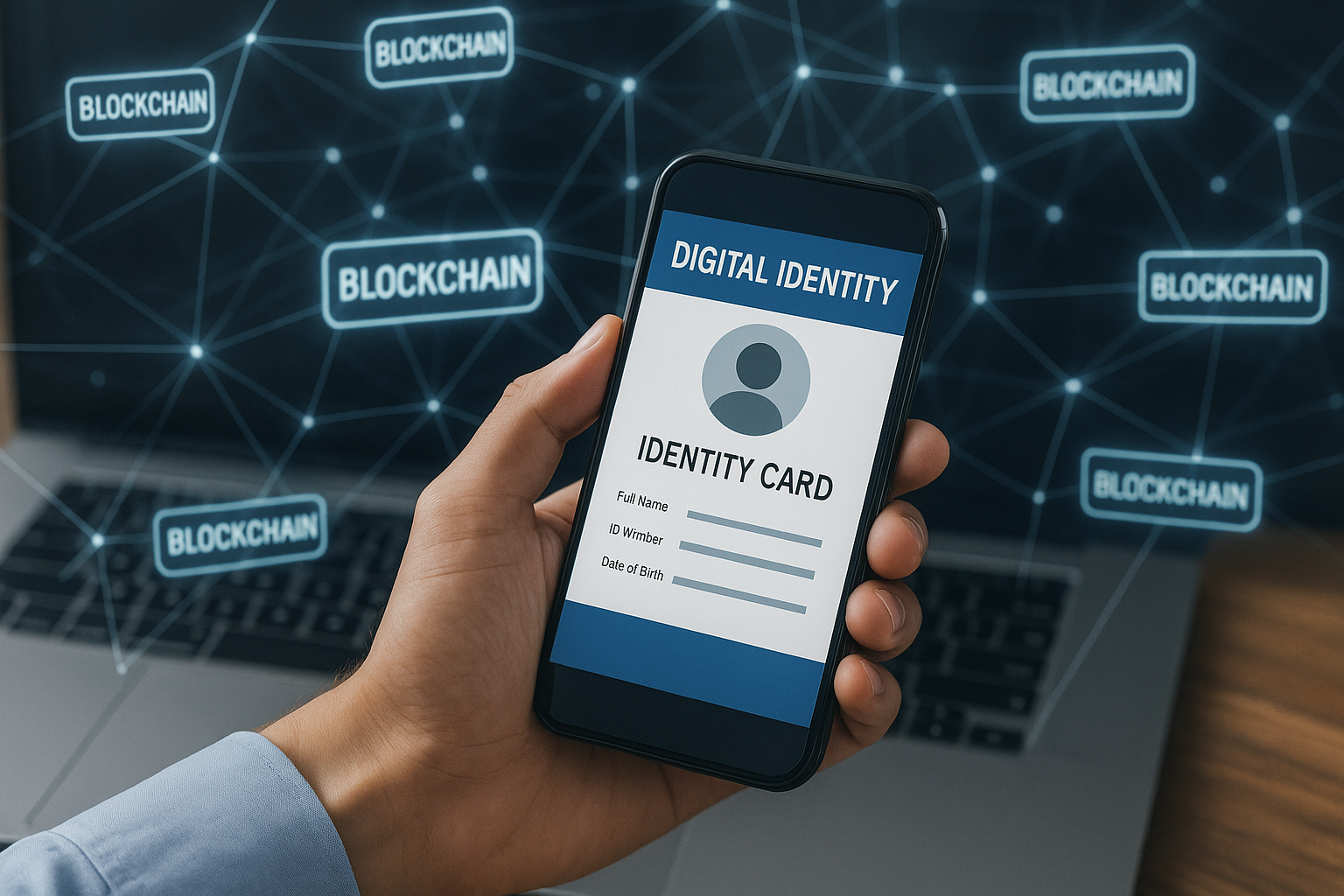Blockchain-based identity model promises secure and efficient e-governance
The authors argue that traditional, centralized identity systems face well-known problems: slow verification processes, vulnerability to fraud, and lack of transparency. To address these issues, they propose a model that links blockchain-based SSI with two complementary levers: service model innovation, redesigning the way public services are delivered, and the gig-economy strategy, which mobilizes specialized talent pools on demand.

A new study suggests that governments can significantly improve digital identity management and citizen-facing services by coupling blockchain with innovative service models and flexible staffing. The research proposes a hybrid approach that blends technology, policy, and operations to secure transactions and build citizen trust in public digital services.
The study, titled “Self-Sovereign Identity in E-Governance: Blockchain Solutions for Fintech Compliance and Citizen-Centric Financial Services” and published in Humanities and Social Sciences Communications, explores how governments can use self-sovereign identity (SSI) built on blockchain to deliver more reliable e-governance programs, while also meeting regulatory requirements for financial transactions.
A three-part model for secure, citizen-centric services
The authors argue that traditional, centralized identity systems face well-known problems: slow verification processes, vulnerability to fraud, and lack of transparency. To address these issues, they propose a model that links blockchain-based SSI with two complementary levers: service model innovation, redesigning the way public services are delivered, and the gig-economy strategy, which mobilizes specialized talent pools on demand.
A Mamdani Type-1 fuzzy inference system was used to test the interplay of these three components. Blockchain, gig-economy resources, and service innovation served as the input variables, with the output measured as the efficiency and security of e-governance transactions. The researchers validated their rule base with expert input and ran the model in MATLAB, finding that the combined approach outperformed conventional identity management frameworks in throughput and trust scores.
According to the study, blockchain strengthens data integrity and transparency, making it harder to tamper with records or conduct fraudulent identity checks. Service model innovation improves the citizen experience, streamlining processes for licenses, payments, or benefits. The gig-economy component helps governments scale verification and support functions quickly, especially in high-volume or specialized tasks.
Balancing innovation with privacy and operational risks
While the model shows clear efficiency gains, the authors caution that several barriers need to be addressed for real-world adoption. Scalability constraints in some blockchain platforms could slow processing during peak loads. Interoperability gaps may hinder seamless data exchange between agencies or across jurisdictions. Privacy concerns loom large, as storing personal data on distributed ledgers requires strong cryptographic protections and user-friendly consent mechanisms.
The study highlights the importance of regulatory clarity in areas such as data ownership, cross-border identity verification, and liability in case of breaches. Without clear legal frameworks, agencies risk either under-utilizing the technology or facing compliance challenges.
In addition, the authors call for citizen-oriented design, interfaces that are simple to use, digital literacy campaigns to build trust, and transparent governance practices that allow individuals to control their own identity credentials.
Policy implications for e-governance and fintech compliance
The findings underscore that blockchain-anchored SSI can become a cornerstone of secure digital governance if implemented with attention to policy and user experience. For governments, the proposed framework offers a practical path to streamline resource allocation, reduce transaction friction, and enhance auditability in programs such as licensing, subsidies, and benefits distribution.
The authors also point to potential synergies with central-bank digital currencies (CBDCs), suggesting that a blockchain-based identity layer can strengthen the security and traceability of public-sector payments. However, they stress that such integration must go hand-in-hand with privacy-preserving features and strong access controls.
The study recommends that policymakers pair investment in blockchain infrastructure with standards for interoperability, robust privacy safeguards, and ongoing skills development for public-sector workers as well as gig-economy contributors.
- FIRST PUBLISHED IN:
- Devdiscourse










